YouTube has long reigned as the dominant video platform, but it’s no longer the only game in town, especially when it comes to monetization. With increasing algorithm uncertainties, monetization restrictions, ad policy changes, and competition, many creators are exploring alternative platforms that offer better control, flexibility, and earning potential. While YouTube still offers substantial reach, creators want platforms that support diverse income models, prioritize content ownership, and offer transparency in revenue generation.
Fortunately, the digital landscape is now rich with powerful alternatives that allow creators to host and monetize their content with fewer restrictions. Whether you’re a vlogger, educator, business brand, or entertainer, these platforms offer specialized monetization features such as subscriptions, tips, rentals, or even cryptocurrency-based rewards.
This article explores the best YouTube monetization alternatives, complete with key platform data, unique strengths, and who they’re best suited for so you can take back control of your creative income stream.
Top 10 Best Alternatives for YouTube Monetization:
While YouTube remains a dominant platform for video creators, it’s not the only route to earn online. Whether you’re facing monetization delays, algorithm changes, or simply looking to diversify income, there are several effective alternatives. From exclusive content platforms to brand collaborations and fan-supported funding, creators today have more control than ever. Below, we explore 10 of the best platforms and strategies you can use beyond YouTube to turn your content into consistent revenue.
1. GUDSHO:
| Founded on | 2019 |
| Users | 90K |
| Video Quality | 4K Ultra HD, Low-latency, Adaptive Bitrate |
| Average Monthly Visits | 26.8K |
GUDSHO is making waves among video creators looking to escape YouTube’s limiting monetization models. Designed with creators in mind, it gives full control over video hosting, pricing, and performance. Unlike YouTube, GUDSHO does not take a hefty commission or impose strict eligibility criteria making it ideal for early-stage creators and niche content.

What really makes GUDSHO stand out is its creator-first toolkit: a 360° marketing and analytics suite embedded in its video CMS. With powerful privacy protections like AES encryption and restricted screen recording, it’s also ideal for premium content providers. Whether you’re a fitness coach, business leader, or artist, GUDSHO provides an ad-free, highly secure environment for building and monetizing a personal video brand from day one.
2. GetShow:
| Founded on | 2011 |
| Users | 80K |
| Video Quality | Supports 5G, 8K, Low Bandwidth |
| Average Monthly Visits | 10K |
GetShow by Animaker is a strategic platform for creators who want absolute control over how their content is viewed and branded. It’s more than just a video hosting platform it’s a creative playground for building brand identity through video. You can tailor every inch of the player, set up video-based email marketing campaigns, and even prospect leads using integrated tools. Although it currently doesn’t offer direct monetization options like subscriptions or ads, its business-oriented approach makes it invaluable for creators using videos to drive leads or sell products.
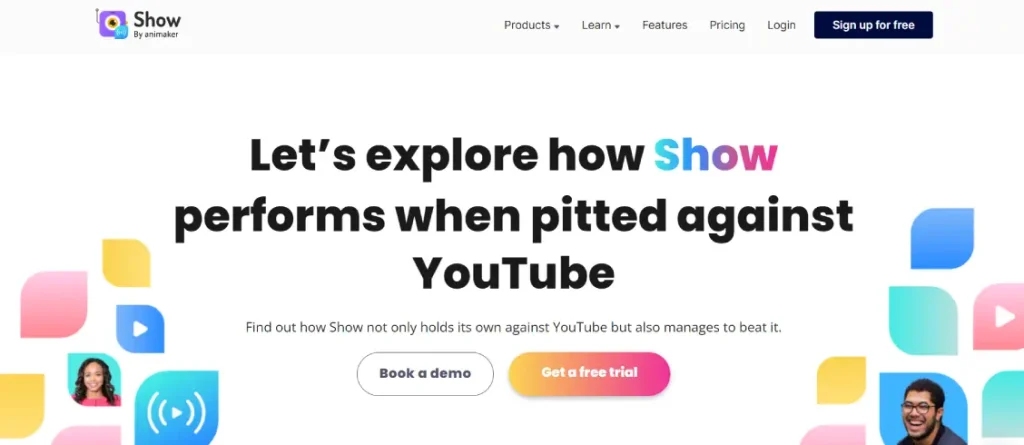
With AI-powered features, including campaign automation and live analytics, GetShow is perfect for businesses, marketers, and creators focused on storytelling and brand building. However, it falls short for those looking for immediate income through views or subscriptions. Still, for creators who monetize outside of video platforms such as through merchandise or services it’s a sophisticated and customizable tool.
3. Vimeo:
| Founded on | 2004 |
| Users | 300 Million |
| Video Quality | 4K, 8K HDR, Dolby Vision |
| Average Monthly Visits | 71.9M |
Vimeo has grown into a powerhouse for professional-grade content creators, offering unmatched video quality and a feature-rich platform. It’s a great fit for those looking to create subscription-based channels, sell content on demand, or distribute videos without ads. Vimeo’s OTT service allows creators to launch branded streaming apps, while its built-in CMS supports collaboration, feedback, and analytics.
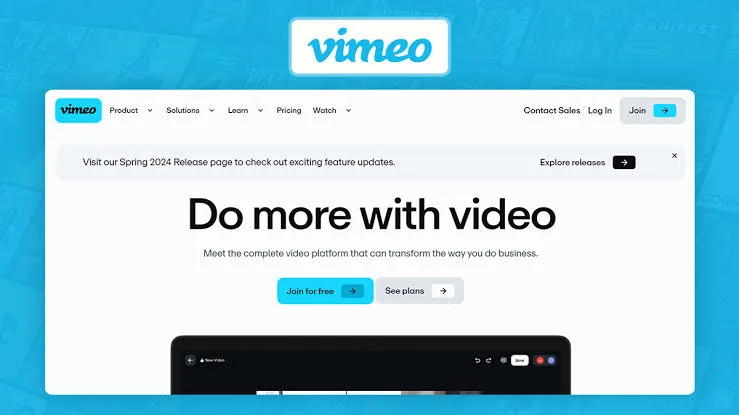
Creators can monetize through subscription platforms (SVOD), transactional models (TVOD), ad support (AVOD), and more. Vimeo also caters to marketers and educators by integrating advanced tools like AI-powered editors and script generators. However, it lacks a public-facing algorithm for discovery, making it harder for new creators to be found organically. Despite that, its premium experience and flexible revenue streams make it ideal for those who already have a following or need a professional space to scale.
4. Patreon:
| Founded on | 2013 |
| Users | 250,000 |
| Video Quality | 4K |
| Average Monthly Visits | 9.5M |
Patreon has redefined how creators earn by putting their fans in control of their income.Instead of ad revenue, Patreon uses a membership model. Fans subscribe to exclusive content tiers, giving creators a predictable monthly income. Creators can now sell digital products in addition to offering subscriptions, making it more versatile than ever. With inbuilt chat, feeds, and polls, Patreon lets you engage deeply with your audience without being buried by algorithms.
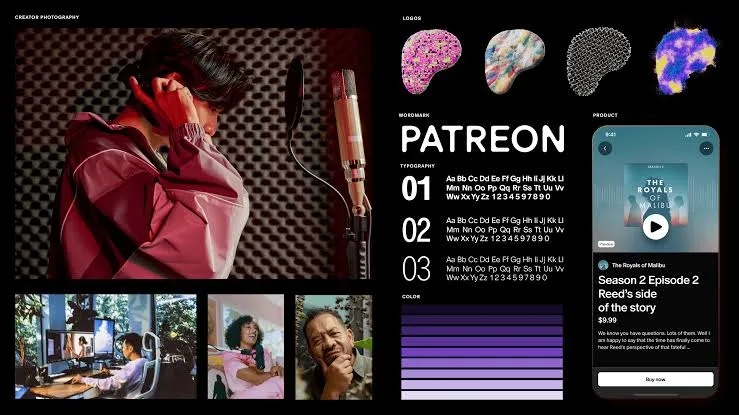
What truly sets Patreon apart is the direct connection it fosters between creators and fans. It’s ideal for video creators, podcasters, artists, and game developers who want to sustain their work without relying on ads or third-party sponsors. Though it doesn’t offer ad-based or pay-per-view income, it’s a powerful tool for building long-term relationships with your most loyal audience members.
5. DTube:
| Founded on | 2017 |
| Users | 189,000 |
| Video Quality | 4K |
| Average Monthly Visits | 2.1M |
DTube presents a revolutionary idea: a video platform that is decentralized and blockchain-powered. Unlike YouTube, where policies and payouts can change overnight, DTube empowers creators with transparency and ownership. It runs on the STEEM blockchain and allows users to earn through engagement likes, shares, and comments all converted into crypto rewards.

DTube is an excellent pick for those who value content freedom and direct creator control. It supports ad-free viewing and avoids centralized censorship, making it attractive to independent voices. However, it may not be the best fit for those unfamiliar with cryptocurrency or seeking high discoverability. With minimal video marketing options and fewer monetization streams compared to bigger platforms, DTube caters to a niche but passionate group of creators looking to experiment with Web3 content creation.
6. BitChute:
| Founded on | 2017 |
| Users | Up to 8,000 |
| Video Quality | Up to HD (720p/1080p) |
| Average Monthly Visits | 57.97 Million |
BitChute is often the first stop for creators seeking a censorship-resistant platform. Rooted in the principles of free speech, BitChute emerged as a response to YouTube’s increasingly stringent moderation. It caters especially to voices that feel stifled by mainstream media, making it a home for politically controversial, edgy, and independent content. Though its content policy is lenient, the trade-off is a lack of robust moderation, sometimes leading to issues with misinformation or hate content.

It operates on peer-to-peer (P2P) technology, meaning videos aren’t centrally hosted and are resilient to takedowns. Monetization avenues include subscriptions, tips, and third-party sponsorships, offering a decent range of earning opportunities. However, BitChute lacks modern platform features such as advanced analytics, widespread ad revenue models, or HD live streaming. It remains a haven for creators who prioritize unfiltered expression over commercial polish.
7. LBRY:
| Founded on | 2015 |
| Users | 10 Million |
| Video Quality | HD/4K |
| Average Monthly Visits | Varies; estimated 5–7M |
LBRY (pronounced Library) is a blockchain-powered, open-source digital content platform. It empowers creators to publish without interference from any centralized authority. Unlike mainstream platforms, content on LBRY is immutable once uploaded, it can’t be removed unless the uploader chooses to do so. It uses a decentralized file-sharing protocol that stores content across a distributed network. This setup allows creators full control over their work and enables viewers to support them directly.

Though the platform itself doesn’t offer ads or monetization programs, creators can earn through tips and LBRY credits (LBC), its native cryptocurrency. LBRY is best suited for creators passionate about internet freedom, though it struggles with UI limitations and a slower content discovery process. Despite some challenges in moderation and user experience, LBRY is a step forward in creating a censorship-resistant, creator-first internet.
8. PeerTube:
| Founded on | 2015 |
| Users | 150,000+ |
| Video Quality | Up to 4K |
| Average Monthly Visits | 318,000 |
PeerTube stands out in the landscape of YouTube alternatives due to its federated model where individual servers (called “instances”) host content while still remaining interconnected. This decentralized approach means no single entity controls the content or its rules. Anyone can create an instance with specific rules and cater to particular communities or interests. It supports formats like livestreams, educational videos, and niche discussions.

Though not ad-supported or monetized traditionally, PeerTube encourages creators to seek donations or use external monetization tools. Its strengths lie in content privacy, user control, and freedom from algorithmic pressure. But it does face limitations like fewer users, fragmented discoverability, and lower audience reach. Still, for creators who care more about values than viral views, PeerTube is a worthwhile, empowering space to create and share with integrity.
9. Twitch:
| Founded on | 2011 |
| Users | 140 Million |
| Video Quality | Up to 1080p (60fps) |
| Average Monthly Visits | 31 Million |
While Twitch began as a gamer’s paradise, it has evolved into a full-fledged live streaming platform for everything from music performances to lifestyle content. The heart of Twitch lies in its interactivity creators engage with viewers in real time using emotes, polls, chats, and tips. Its robust monetization setup includes subscriptions, ad revenue, “Bits” (a form of donation), and exclusive content for paid members.
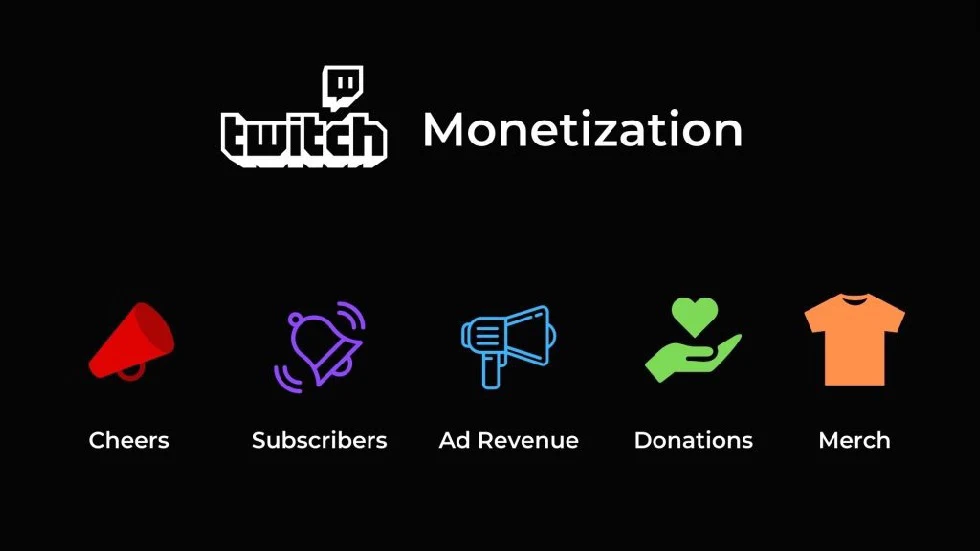
Twitch gives creators the chance to build tight-knit communities through regular live interaction. However, it’s not ad-free, and ads can interrupt the viewing experience. Also, the moderation system often receives backlash for inconsistency. Still, the platform’s sense of community and lucrative monetization options make it one of the most dynamic YouTube alternatives for live content. Twitch is ideal for those who thrive in a live, spontaneous, and community-driven environment.
10. Dailymotion:
| Founded on | 2005 |
| Users | 300 Million |
| Video Quality | Up to 4K |
| Average Monthly Visits | 400 Million |
Dailymotion continues to be a solid global alternative to YouTube, offering a user-friendly video hosting and discovery experience. It supports a wide range of content from breaking news to entertainment and personal vlogs. With its professional-grade tools, creators, brands, and publishers can easily build channels, monetize videos through ads, and even host their OTT platforms. It’s especially useful for media agencies and businesses due to its white-label video player and extensive API access.
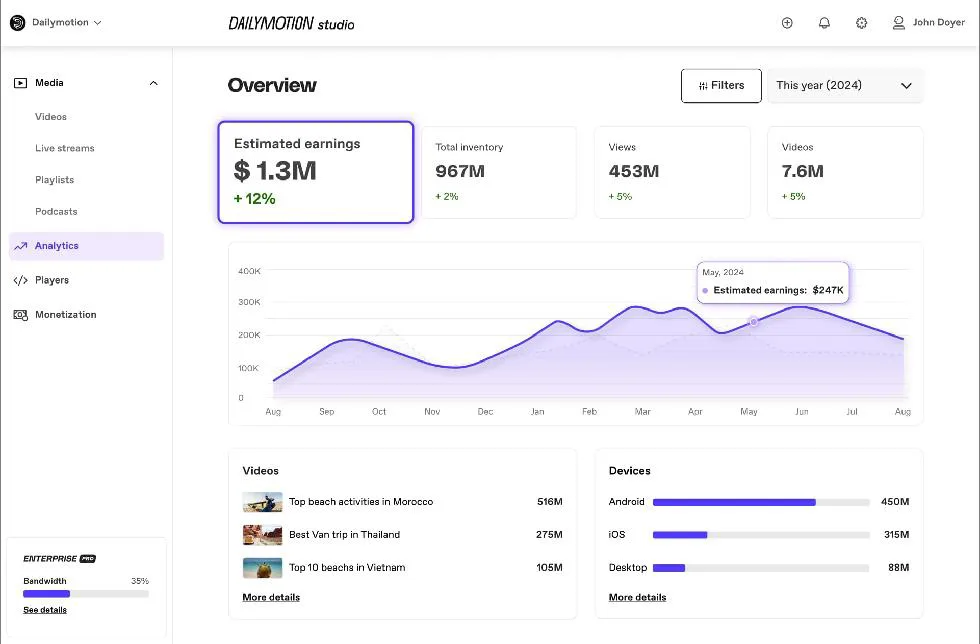
While the video player is smooth and the site offers monetization through programmatic advertising, Dailymotion has received criticism for its response to copyright issues and comparatively lower visibility. It’s ideal for organizations and creators looking to expand brand presence, especially outside the U.S. With a massive reach and multilingual interface, Dailymotion is still very much in the game when it comes to audience reach and global video distribution.
Conclusion:
As we journey through this diverse landscape of YouTube alternatives, one truth becomes clear: creators are no longer confined to one platform. Whether you’re drawn to the creative freedom of BitChute, the blockchain transparency of LBRY, the decentralized resilience of PeerTube, the live energy of Twitch, or the global accessibility of Dailymotion, there’s a space for every voice.
Each platform brings something unique, encouraging innovation, personalization, and new forms of engagement. For creators looking to explore beyond YouTube, these alternatives aren’t just backups, they’re launching pads for broader reach and creative expression. In this expanding digital universe, your narrative matters. So go ahead, express it in your own space, your own way.
FAQs:
YouTube alternatives are platforms that allow video hosting, sharing, and monetization outside of YouTube, each offering unique features, moderation styles, and monetization models.
Creators often switch to alternatives for better revenue models, fewer content restrictions, platform independence, or access to specific audiences.
Many platforms like Twitch and BitChute offer subscriptions. Others rely on crypto-tips (LBRY) or partner programs (Dailymotion) instead of standard subscriptions.
While platforms like Dailymotion and Twitch offer polished UIs, others like PeerTube or LBRY might feel less intuitive due to decentralization or blockchain-based models.
YouTube still leads in ad revenue, but platforms like Dailymotion and Twitch have developed comparable systems, while others focus more on donations, sponsorships, or crypto-based models.
